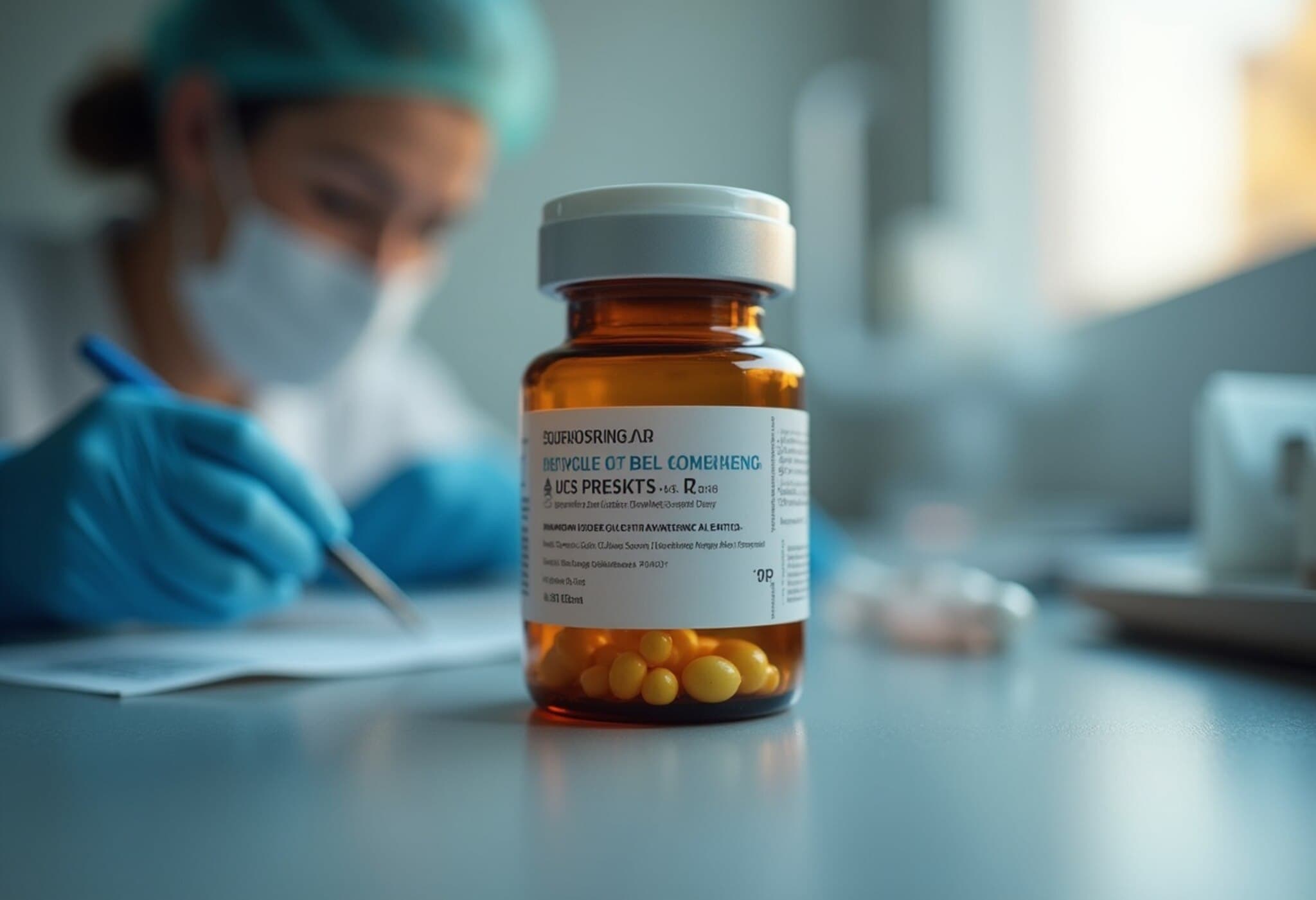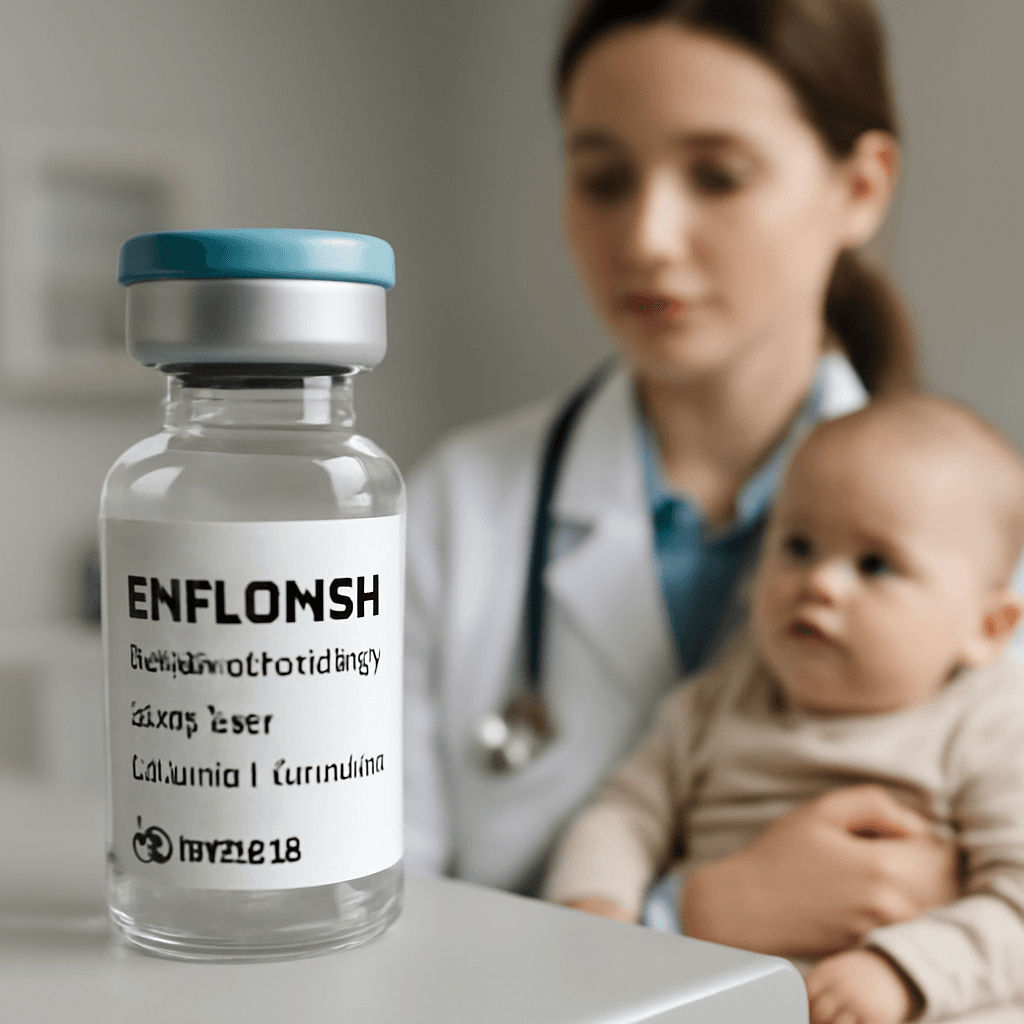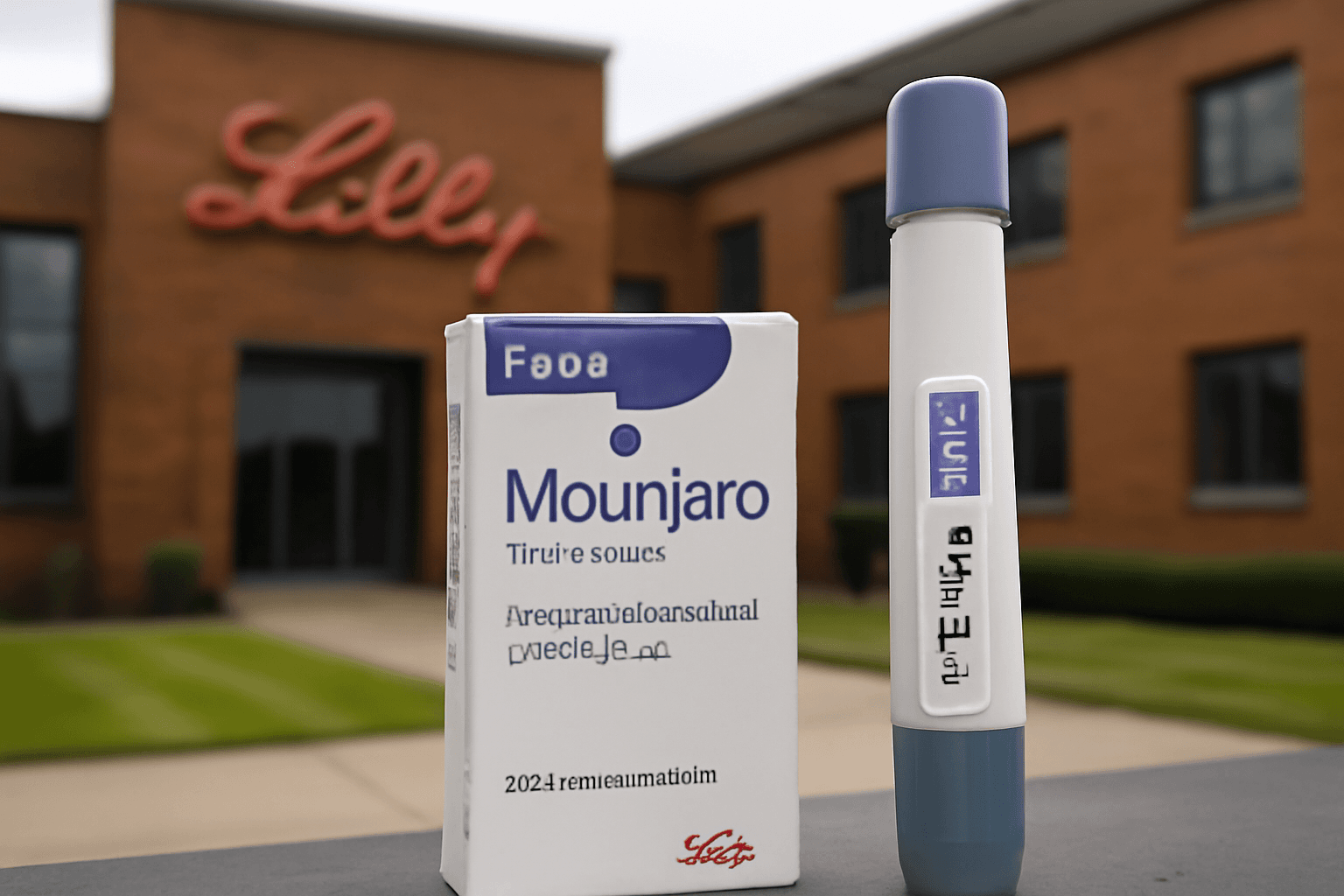Hims & Hers Poised to Bring Generic Semaglutide to Canada in 2026
In a significant development for Canadian healthcare consumers, telehealth company Hims & Hers Health announced plans to enter the Canadian market in 2026 by offering generic versions of semaglutide, a groundbreaking drug used to treat obesity and diabetes. This move comes on the heels of the expiry of Novo Nordisk's patents on its blockbuster semaglutide drugs, Ozempic and Wegovy, following their failure to maintain patent fees in Canada.
Opening the Door to Affordable Weight Loss Treatment
Andrew Dudum, co-founder and CEO of Hims & Hers, expressed optimism about this new venture: "Canada is a major opportunity to show what affordable, high-quality weight loss care can look like. As generic semaglutide becomes available for the first time globally, we're focused on making it truly accessible, by combining affordability with trusted, personalized care at scale." The company’s telehealth delivery model aims to make such treatments easier to obtain, reducing typical barriers like high cost and limited availability.
Understanding the Impact of the Patent Expiry
Patents play a crucial role in the pharmaceutical industry by granting exclusive rights to manufacturers for a limited time, which encourages innovation but also makes medicines expensive during that period. When patents expire, generic drugmakers can legally produce equivalent medicines, typically at much lower prices.
In this context, the expiry of Novo Nordisk’s Canadian patents on semaglutide—notably for Ozempic and Wegovy—represents a pivotal shift. Interestingly, the patent lapsed because Novo Nordisk did not pay its maintenance fee in 2019, an oversight with far-reaching consequences for the market.
How Novo Nordisk Lost Its Patent Protection
- The company’s last payment for the semaglutide patent maintenance fee was in 2018.
- Requests for fee refunds and extensions ensued, but the required payments—including late fees—were not made.
- Despite having a one-year grace period, Novo Nordisk did not fulfill the obligations, leading to patent lapse officially recognized by Canadian authorities.
- The patent lapsed in 2020, although it technically expired in January of the announced year.
Canadian patent officials confirmed the finality of this lapse, highlighting that once a patent is forfeited in such a manner, it cannot be reinstated. This unexpected development opens the door to competitive generic drugs entering the Canadian market.
Market Potential and Industry Dynamics
The Canadian semaglutide market generated approximately $1.18 billion CAD in 2024 and is projected to soar to $4.03 billion CAD by 2035, according to market research firm IQVIA. Given rising demand for obesity and diabetes treatments, this market growth is attracting multiple players.
Hims & Hers will join established generic drug manufacturers like Sandoz, who recently filed for regulatory approval to market their own generic semaglutide versions in Canada. While Hims has not publicly detailed their regulatory filings, they indicate collaboration with an "approved partner" to ensure full compliance with Canadian health authorities.
Competition and Legal Challenges
The patent lapse has stirred some debate. Novo Nordisk, despite losing exclusivity, emphasizes that such transitions are routine in pharma life cycles. Publicly, the company minimized the oversight, underscoring careful consideration of all intellectual property decisions.
Nevertheless, Novo Nordisk has expressed concerns toward Hims & Hers, citing issues around sales and promotion of lower-cost weight loss drug alternatives as potential competitive risks. Moreover, this development coincides with the approval of competing therapies like Zepbound in the U.S., intensifying pressure on the market’s established players.
Broader Health Policy Implications
This shift also signals important trends within telehealth expansion and drug affordability initiatives. Hims & Hers’ broader European expansion—including launches in Ireland, France, and Germany—reinforces their strategy of democratizing access to high-cost therapies through telemedicine platforms.
David Meinertz, General Manager for Hims & Hers International, eloquently highlighted the stakes: "Making affordable, holistic obesity treatment accessible has the potential to help strengthen the local healthcare system and unlock the potential for millions of Canadians to live healthier, more fulfilling lives." As obesity remains a growing public health crisis in Canada and globally, easing access to proven treatments could help reduce long-term healthcare costs and improve quality of life.
Questions Ahead for Regulators and Patients
- How quickly will Canadian authorities approve generic semaglutide applications, and what quality and safety standards must be met?
- Will increased availability of affordable generics translate into improved population-level health outcomes?
- How will the dynamics between original manufacturers and generics evolve, particularly regarding marketing, patent litigation, and pricing policies?
- What role will telehealth platforms play in ensuring equitable patient access and adherence?
Conclusion
The expiration of Novo Nordisk’s semaglutide patents in Canada and Hims & Hers’ entry represent a watershed moment in obesity and diabetes treatment landscapes. For patients, it promises more affordable options and the potential for wider access. For the pharmaceutical industry, it marks an inflection point driven both by market forces and regulatory frameworks. Monitoring the unfolding developments will be crucial for stakeholders seeking to balance innovation, competition, affordability, and patient care in this vital therapeutic area.
While the introduction of generic semaglutide in Canada heralds exciting possibilities for treatment affordability, this case also raises critical questions about pharmaceutical patent stewardship and regulatory timelines. Observers should watch how Canadian health agencies handle generic approvals and how market competition translates into real-world patient benefits. Ultimately, this story exemplifies the complex interplay between innovation, intellectual property, and public health imperatives.



















